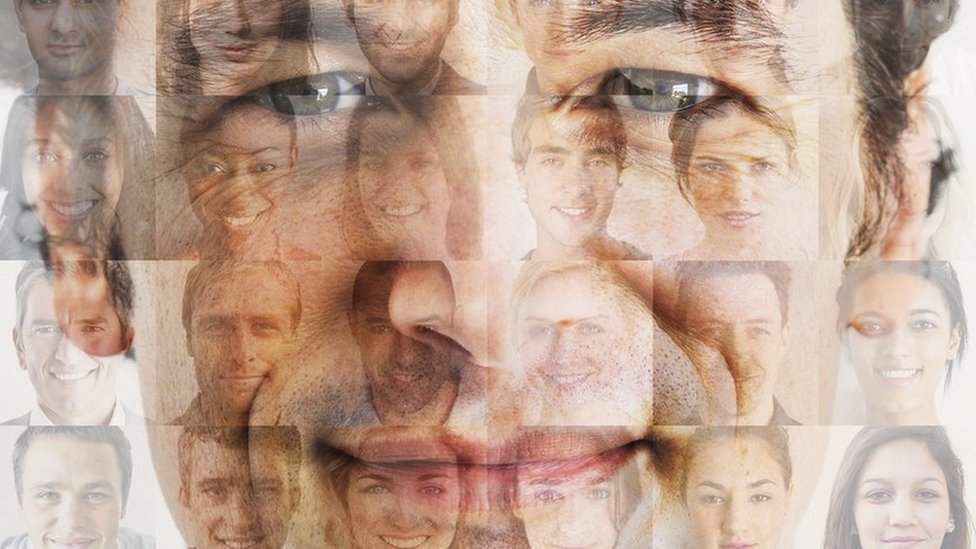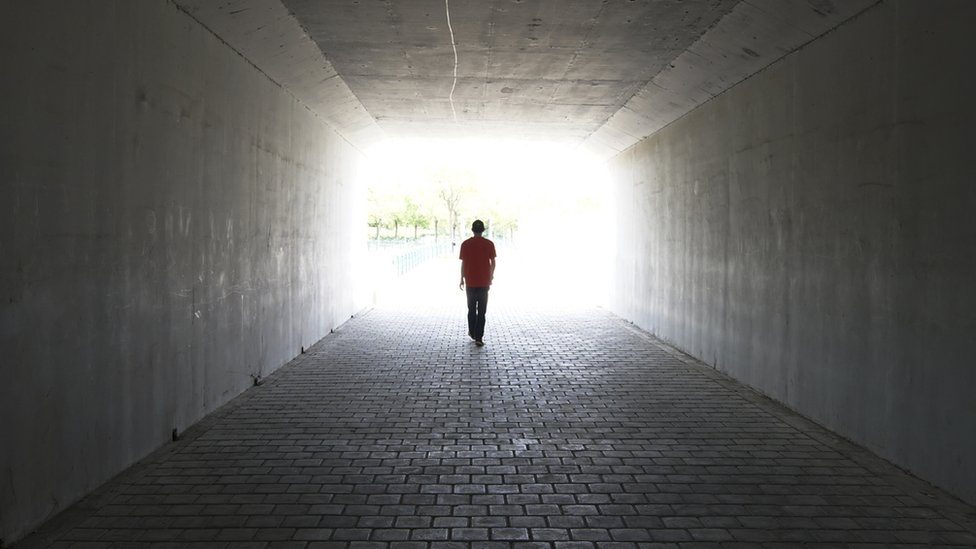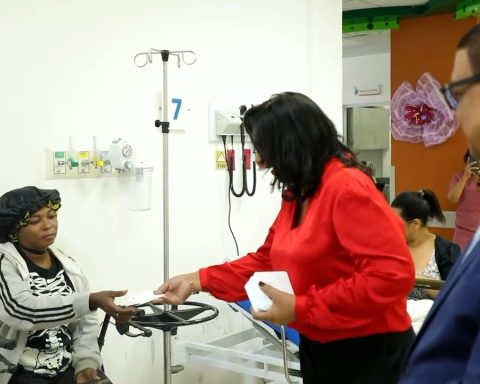May 30, 2023, 7:56 AM
May 30, 2023, 7:56 AM
Most people are familiar with psychiatric disorders such as schizophrenia and bipolar disorder, but some conditions are so rare that many psychiatrists will not encounter a single case in their professional lives.
Here I present to you five of the rarest and most bizarre syndromes known to psychiatry.
1. Fregoli syndrome
Fregoli syndrome is when someone believes that different people are, in fact, the same person who simply changes their appearance.
Those who suffer from this syndrome often feel persecuted by those they believe are in disguise.

The disorder is named after Leopoldo Fregoli, an Italian theater actor who was known for his remarkable ability to rapidly change his appearance while on stage.
Fregoli syndrome usually occurs along with other mental disorders, such as bipolar disorder, schizophrenia, and obsessive-compulsive disorder.
It can also be caused by brain injury and the use of the drug levodopa in the treatment of Parkinson’s disease.
A review in 2018 found that there are fewer than 50 cases reported worldwide since this syndrome was first described.
However, a more recent study (2020) reported a 1.1% incidence among patients after suffering a strokeso there are certainly more than 50 cases, but it is still a very rare phenomenon.
There is no known cure for Fragoli syndrome, but treatment with antipsychotic drugs can decrease symptoms.
2. Cotard’s syndrome
Cotard’s syndrome, also popularly known as “walking corpse syndrome”, is when people have the delusional belief that they are dead and they don’t exist. Others believe that parts of the body are missing.

The syndrome takes its name from the 19th-century French neurologist Jules Cotard, who first described the condition in 1882.
Schizophrenia, depression, and bipolar disorder are risk factors for Cotard syndrome. However, it has also been reported as a rare side effect of the antiviral drug acyclovir.
The syndrome is believed to be caused by a disconnect between the areas of the brain that recognize faces and the areas that associate emotional content with face recognition.
This rare condition is usually treated with antidepressants, antipsychotics, and mood stabilizers, as well as electroconvulsive therapy.
3. Alien hand syndrome
Alien hand syndrome is one of the rarest neurological disorders. It is when the A person’s hand appears to have a mind of its own and acts autonomouslyand the person feels that his hand does not belong to him.
This syndrome was first identified in 1908, but it was not clearly defined until the early 1970s.
The term “alien hand syndrome” (also strange or alien hand) was coined by Joseph Bogen, an American neurophysiologist, to describe curious capricious behavior occasionally seen during recovery from certain types of brain surgery.

People with alien hand syndrome often have sensory processing disorders and dissociate from the actions of their hand.
Research indicates that people with the syndrome frequently impersonate someone else’s hand and may believe that it is possessed by some other spirit or alien life form.
Causes of the syndrome include dementia, stroke, prion disease (a deadly brain disease), tumors, and seizures.
Alien hand syndrome has also been reported among patients who have undergone surgery to separate the left and right cerebral hemispheres to treat severe epilepsy.
The syndrome is very rare. A review in 2013 found only 150 cases in medical journals.
Although there is no cure, the symptoms can be minimized and controlled to some degree by keeping the affected hand busy and involved in a task, for example by giving it an object to hold.
Other treatments include botulinum toxin injection and mirror box therapy (involving the use of a box with two mirrors in the center, one in each direction, to help relieve pain in a phantom limb).
The treatment appears to be more successful in patients with stroke.
4. Ekbom syndrome
Ekbom syndrome is a tactile hallucination in which patients believe they are infested with parasites, and feel that they are they walk insects by under the fur.
The syndrome is named after Karl Ekbom, a Swedish neurologist who first described the condition in the late 1930s.

The exact number of people with this syndrome is unknown, but one study reported about 20 new cases a year at a large clinic in the United States.
According to a meta-analysis of 1,223 Ekbom cases, the syndrome is more common among women (two-thirds women, one-third men) and more common in people older than 40 years. The symptoms generally lasted three to four years.
Ekbom syndrome is associated with several disorders, including paranoid schizophrenia, organic brain disease, neuroses, and paranoid personality disorder.
It has also been reported in some people experiencing alcohol withdrawal, cocaine misuse, stroke, dementia, and damage to a part of the brain called the thalamus.
Patients with Ekbom syndrome they usually do not want psychological treatmentsince they are convinced that the problem needs medical treatment.
5. Alice in Wonderland Syndrome
Alice in Wonderland syndrome, also known as Todd syndrome, refers to when the sense of A person’s body image, vision, hearing, touch, and space/time are distorted.

People with this condition generally feel that objects are smaller than they really are, while people appear larger than they really are.
Or on the contrary: objects are perceived larger than they are and people seem smaller. These experiences may be accompanied by feelings of paranoia.
Very little is known about how common this disorder is. It is more frequent in children and people who suffer from migraines.
People with this syndrome can become frightened and panic, so treatment often includes rest and relaxation.
In most cases, it is a relatively rare condition. short duration. The most recent review on Alice in Wonderland syndrome reported that almost half of all patients are successfully treated.
*Mark Griffiths is Director of the International Gaming Research Unit and Professor of Behavioral Addictions, Nottingham Trent University, UK.
*This article was published on The Conversation and reproduced here under the Creative Commons license. Click here to read the article in its original version.
Remember that you can receive notifications from BBC Mundo. Download the new version of our app and activate them so you don’t miss out on our best content.


















